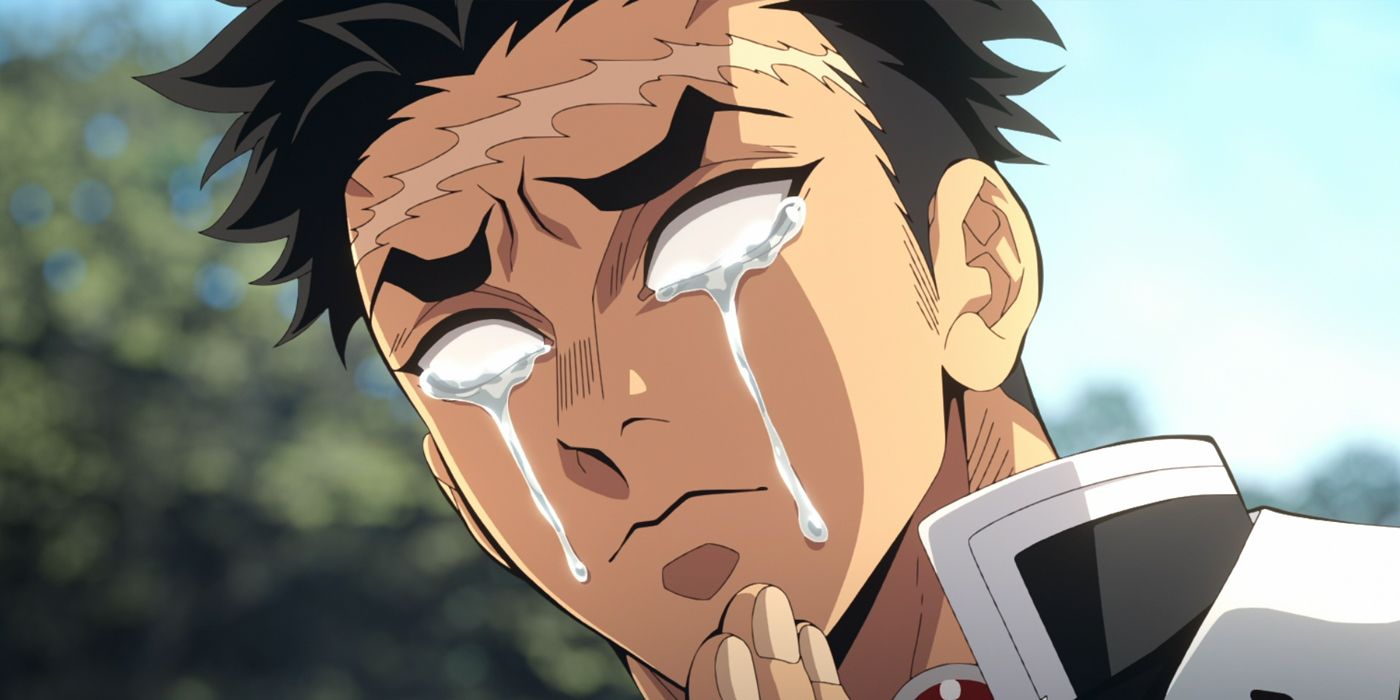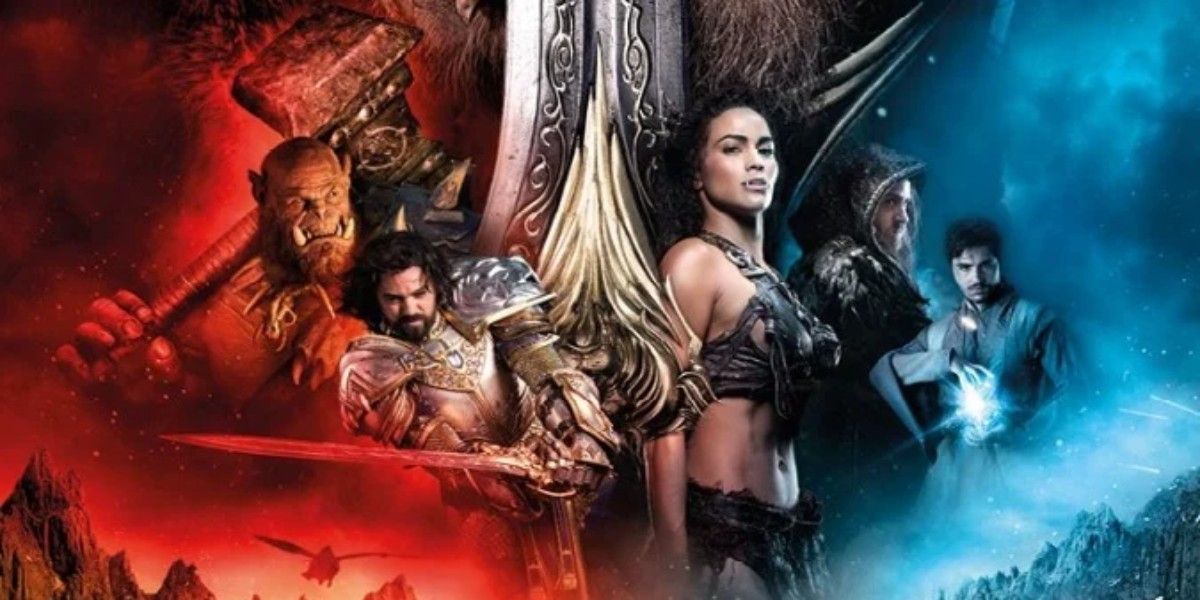Warning: Spoilers for Batman #107, Batman/Catwoman #4, Catwoman #30, Harley Quinn #1 and The Joker #2 below!
As the Infinite Frontier dawns upon the DC Universe, it appears DC’s flagship franchise, the enduring symbol of heroism Batman, is seeking to reclaim old stories in a novel way, taking the essence of their most treasured tomes and translating them into new epic, multi-title spanning story arcs. Since the ‘80s, beginning with The Dark Knight Returns by Frank Miller, fans of the Dark Knight have seen a turn towards more mature, timeless tales, including Alan Moore and Brian Bolland’s The Killing Joke, Jeph Loeb and Tim Sale’s The Long Halloween and Loeb and Jim Lee’s Hush, just to name a few. Now under sole editorial direction from Lee, following a massive creative shake-up last year, there’s a new theme emerging across Batman’s titles, reimagining these older, shorter tales as a road-map to quality storytelling.
Batman’s new direction picks up in the wreckage of the crossover event Joker War, which drastically changed Bruce Wayne’s fortunes, as well as the city his protects. Gotham is still reeling from the massive upheaval caused by Joker, as gangs of Joker-themed criminals rampage through the streets seemingly with impunity, not unlike the outset of the popular animated television series Batman Beyond. Now having lost his fortune and left Wayne Manor, Bruce lives in a residential neighborhood of Gotham separated from his bottomless fortune and mistrusted by the public in the midst of a massive plot by Simon Saint, a wealthy tech-industrialist who seeks to use the chaos to bend Gotham under the yoke of dictatorial control. The stage appears to be set for a series of philosophical expansions of previously smaller stories.
Hush, Little Baby, Don’t Say a Word
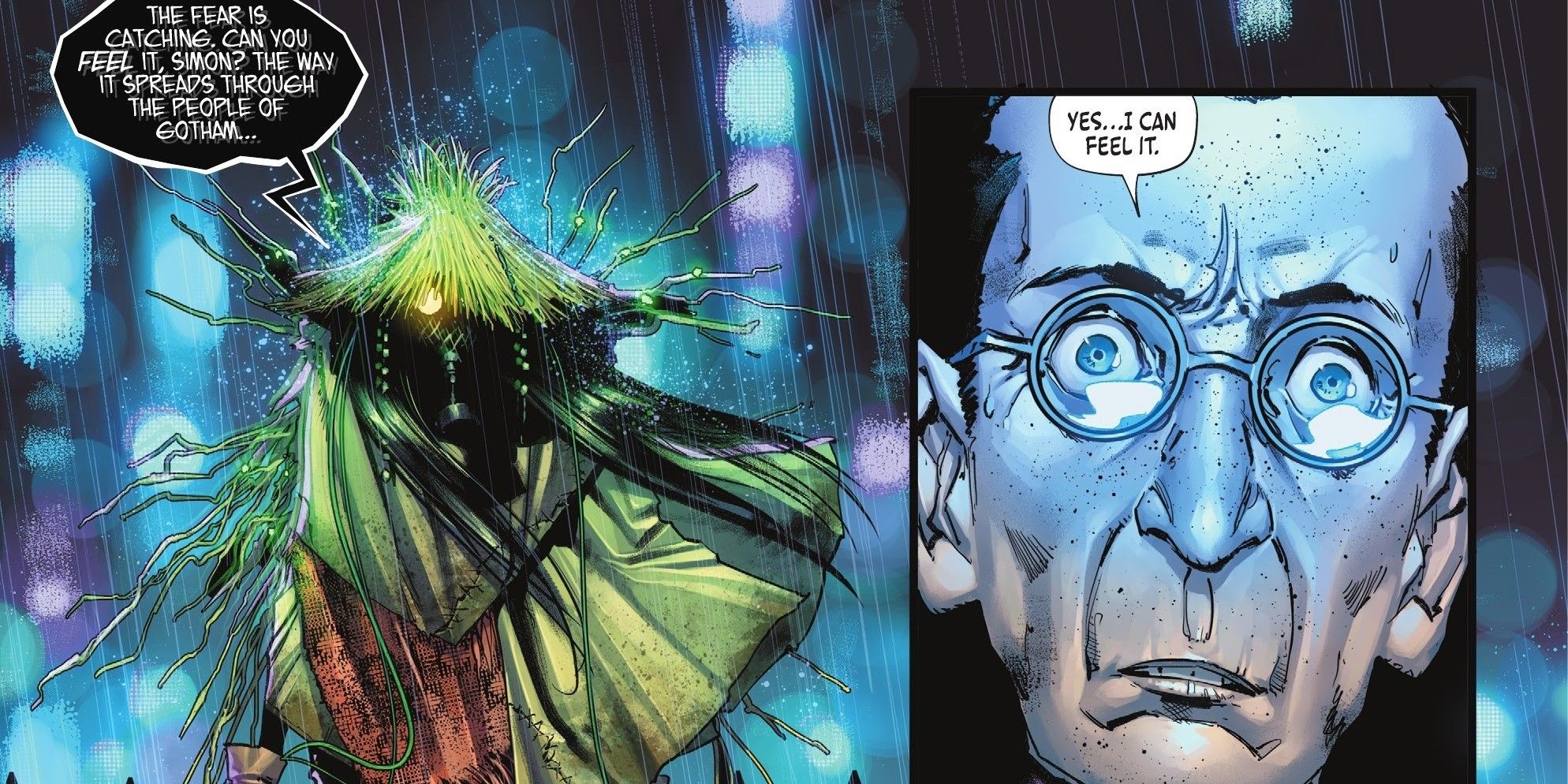
In the pages of Batman, written by James Tynion IV and illustrated by Jorge Jimenez, Saint, under the influence of Scarecrow, is putting together an elaborate scheme to impose the nightmare future under the Magistrate seen in the alternate future crossover Future State upon Gotham City. This clandestine plot, slowly enveloping every aspect of not only Gotham’s crime-fighting community but Bruce Wayne’s own life as well, seems heavily drawn from Lee’s blockbuster 2002 story arc Hush. Saint is convening a variety of supervillains across the Bat-titles from Scarecrow, to Hugo Strange (as seen in the new Harley Quinn series) to the newcomers Father Valley and The Wight Witch (appearing in Catwoman), in a multi-pronged effort to take every part of Gotham under his control.
In Lee and Loeb’s Hush, the narrative concerned the return of Dr. Thomas Elliot, a childhood friend of Bruce Wayne, who plays the friend while secretly plotting against him. Having learned Batman’s identity, and suffering from a delusional grudge against him (for Bruce’s father saving his mother from a murder attempt a young Tommy caused), Elliot takes on the alias “Hush” and hires Batman’s rogues’ gallery to enact a series of seemingly disconnected, random crimes centered around Bruce in a concentrated effort to psychologically break the Bat. The end revealed that Edward Nygma, the Riddler was at the center of the plot, having somehow reasoned out Batman’s identity and shared it with Elliot.
Similarly, across the Bat-family, an interconnected series of yarns points to a wide-ranging plan to subdue Gotham through subterfuge. In the pages of Catwoman (written by Ram V and illustrated by Fernando Blanco), Riddler is likewise Catwoman’s lead to the deeper puzzle, as she investigates a drug-dealing operation organized by Saint using chemicals drawn from a captive Poison Ivy. A dark revelation to be sure, as at one end Saint is appealing to Mayor Christopher Nakano’s anti-vigilantism to enact his Magistrate program, while on the other he’s setting up an illegal drug-dealing operation, systematically testing and distributing an amphetamine-like concoction for an unknown purpose. Saint’s plan is currently costing the Riddler, as he’s now in hiding after an assassination attempt, much like he was following the Hush story arc.
One Bad Day Vs. One Bad Life
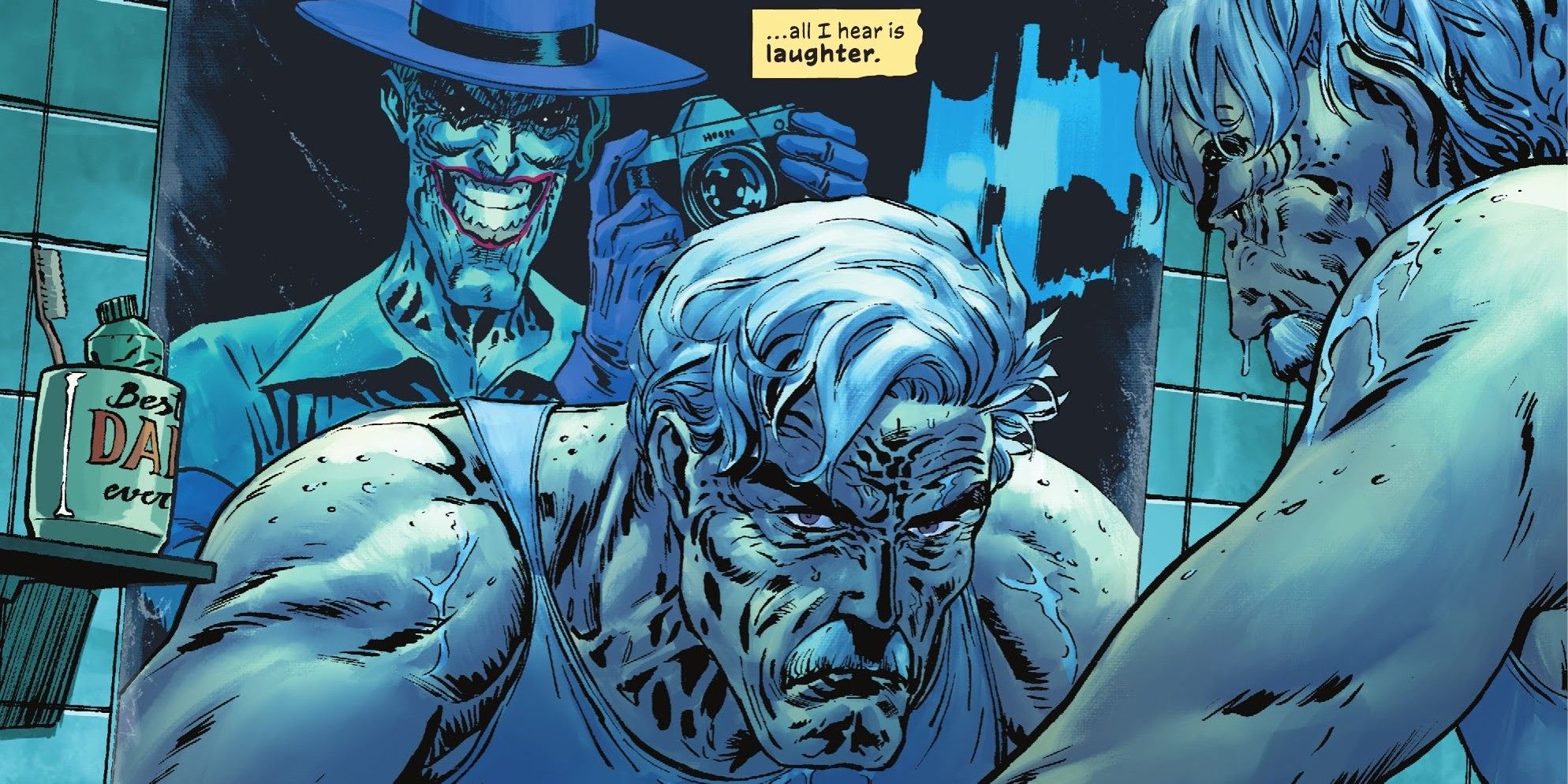
Another famous Batman story being homaged in the current continuity is the 1988 graphic novel The Killing Joke, which spins out in the new title The Joker, written by Tynion with art by Guillem March, following former Commissioner James Gordon as he picks up the trail of the Joker in classic hard-boiled detective style. While famously The Killing Joke posited the question that all that separates Joker and any normal, decent human being is “one bad day,” gruesomely illustrated by Joker kidnapping and torturing Gordon, the new Joker series explores this question in a slightly deeper way, asking if years of trauma inflicted upon him by the psychotic clown, culminating in the death of his son, have finally taken their toll on Gordon’s sterling moral-ethical foundation.
In The Joker, Gordon is hired by a mysterious benefactor to hunt down and kill Joker in Belize, accepting their offer while secretly calling upon Batman for aid. Finding himself in a bind when Batman and Oracle, his daughter Barbara Gordon, confront him regarding the possibility of fatal intent in the mission, Gordon reveals that he knows that Barbara has been assisting Batman, and has been hiding this knowledge for years, in an effort to deflect the question.
Gordon has long been the moral bedrock of Gotham, a man who once emphatically talked Batman down from killing Joker (in Hush, no less). If he is now willing to entertain the idea of killing Joker, to the point that he would reveal such a long-held secret simply to deflect blame, than it is possible his long-practiced stoic heroism has finally cracked, providing a bleak counterpoint to The Killing Joke.
A Long December
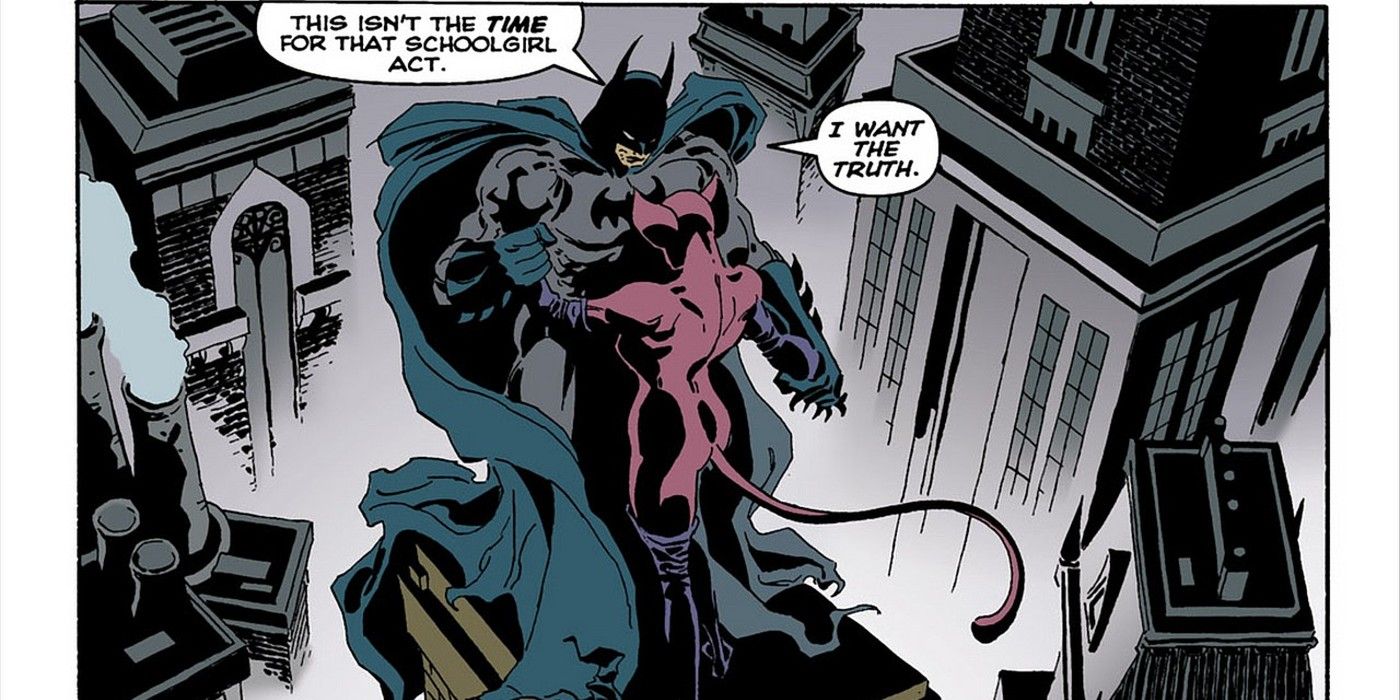
Finally, though not set in DC’s mainstream continuity proper, the ongoing Batman/Catwoman maxi-series, written by Tom King with art by Clay Mann, tells the story of Bruce and Selina’s tumultuous relationship across three separate timelines, drawing parallels to two famous iterations of the Caped Crusader in particular: the 1993 film Batman: The Mask of the Phantasm, set in the popular “Timm-Verse” cartoon continuity, and prominently the 1996 limited series The Long Halloween. The shout-outs to the treasured animated series are numerous, most prominently the introduction of Andrea Beaumont, the murderous vigilante known as The Phantasm, as a former flame of Bruce seeking revenge against The Joker.
The maxi-series serves as a deep exploration of the romantic relationship between the two vigilantes across their lives centered around Christmas-time festivities, similar to The Long Halloween’s structural framing around holidays, in which a mysterious serial killer commits their murders of crime family figures. The series featured a dynamic take on Catwoman, and played up the overt romance between the two in a similar tone. The Long Halloween also broke ground with Tim Sale’s nightmare-esque visual sense of Gotham, a stylistic choice echoed by King in his often jarring transitions between time periods and somewhat non-lucid atmosphere generated in the constant time-skipping and irony-laden juxtapositions.
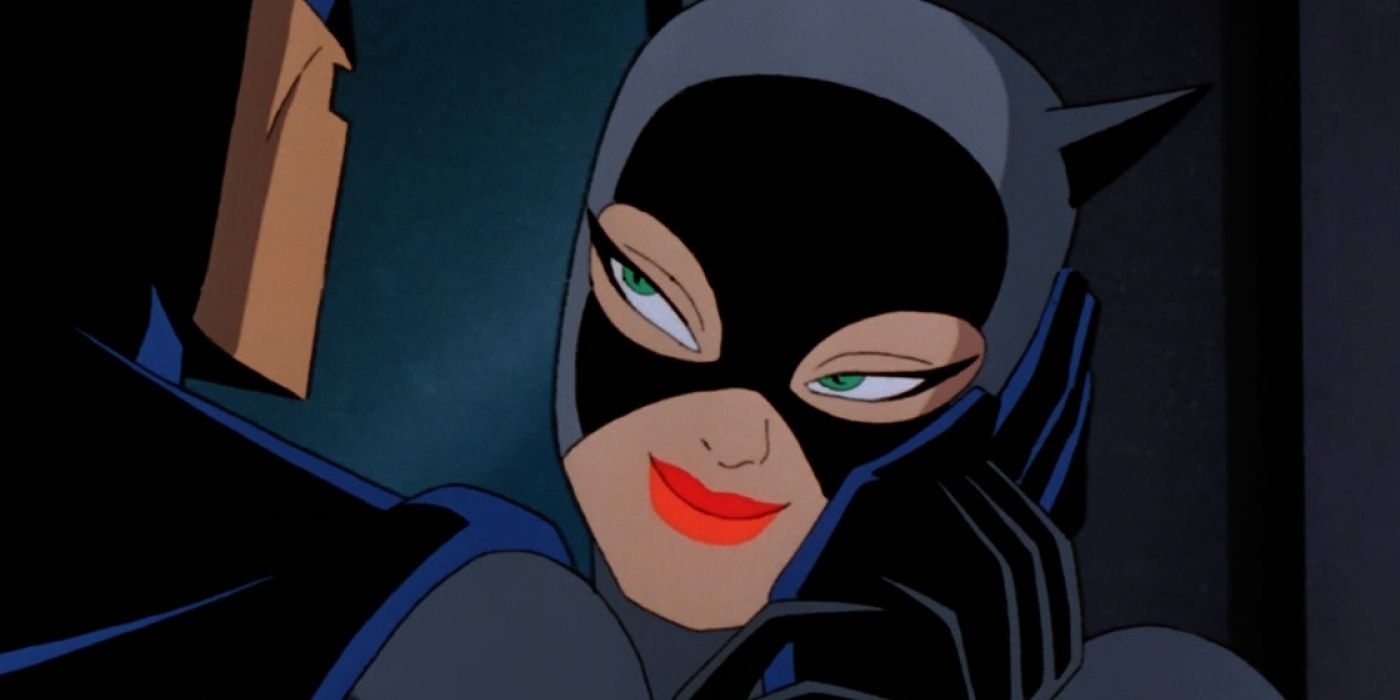
However, what might be the most fascinating aspect of Batman/Catwoman is also borrowed from The Long Halloween, that being the inherent struggle to build what is at the foundation of any good relationship between the pair: trust. Batman, while in Catwoman’s debt throughout the story after being saved by her from Poison Ivy’s mental control, grows suspicious of Catwoman’s habit of showing up whenever he confronts crime boss Carmine Falcone, a habit Catwoman doesn’t feel like explaining. At the climax of the story, Catwoman even joins a band of Batman villains led by Two-Face, which succeeds at killing Falcone during a dramatic home invasion, ostensibly placing herself on the wrong side of Batman’s ethical code.
King’s Batman/Catwoman takes this kernel and retells it as an epic tragedy across the lives and worlds of these mysterious masked adventurers, ultimately providing an interesting counterpoint to the sinister, but less weighty narrative of The Long Halloween. What if Selina Kyle, Catwoman, never changes, and is always willing to bend moral boundaries for her own sake? It would be a very sad romance indeed, exactly the kind of story King is telling.
DC’s editorial staff has a new creative direction, and it is one which prioritizes reclaiming the essence of classic stories through the infusion of new energy. With the world of Batman full of such resonant tales, it seems this might be a recipe for success.




